Moscow Rules: A Crash Course in Espionage for Fledgling Spies
If Moscow Rules sound like a playbook for Cold War spying that’s because they were developed in the decades before the Soviet Union collapsed in 1991, a deadly era when Moscow surveillance was a smothering embrace of hostile scrutiny.
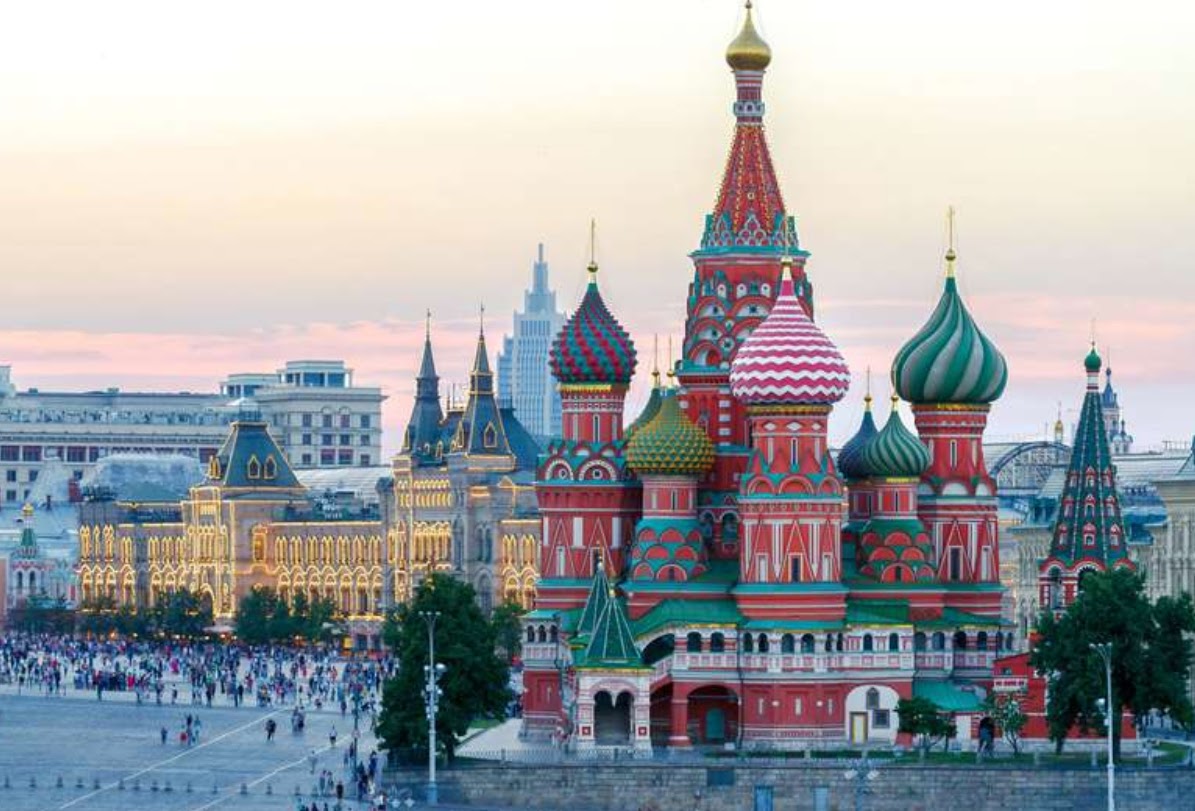
The Moscow Rules
A gentleman’s agreement was brokered between the US and Russia to tone down the danger. Spies would be ‘PNG’d’ - expelled as a persona non grata - rather than harmed but US contacts in Moscow still faced almost certain death. The ‘Moscow Rules’ became shorthand to describe the tradecraft needed to operate secretly in the world’s most dangerous city.
“There's a Moscow Rule that tells you to assume the bad guys are behind you and don't look over your shoulder,” Jonna Mendez, an ex-CIA spy and co-author of Moscow Rules, told SPYSCAPE’s True Spies podcast. “Just assume that they're there, but you keep moving forward, always working on what's coming - what's next, what's ahead.”
Tony Mendez - an ex-CIA agent and Jonna’s late husband - laid out many of the Moscow Rules in his memoir, The Master of Disguise. Mendez, who was played by actor Ben Affleck in the movie Argo - worked in Russia In 1976, when the Moscow Rules were a one-page ‘Eyes Only’ classified memo.
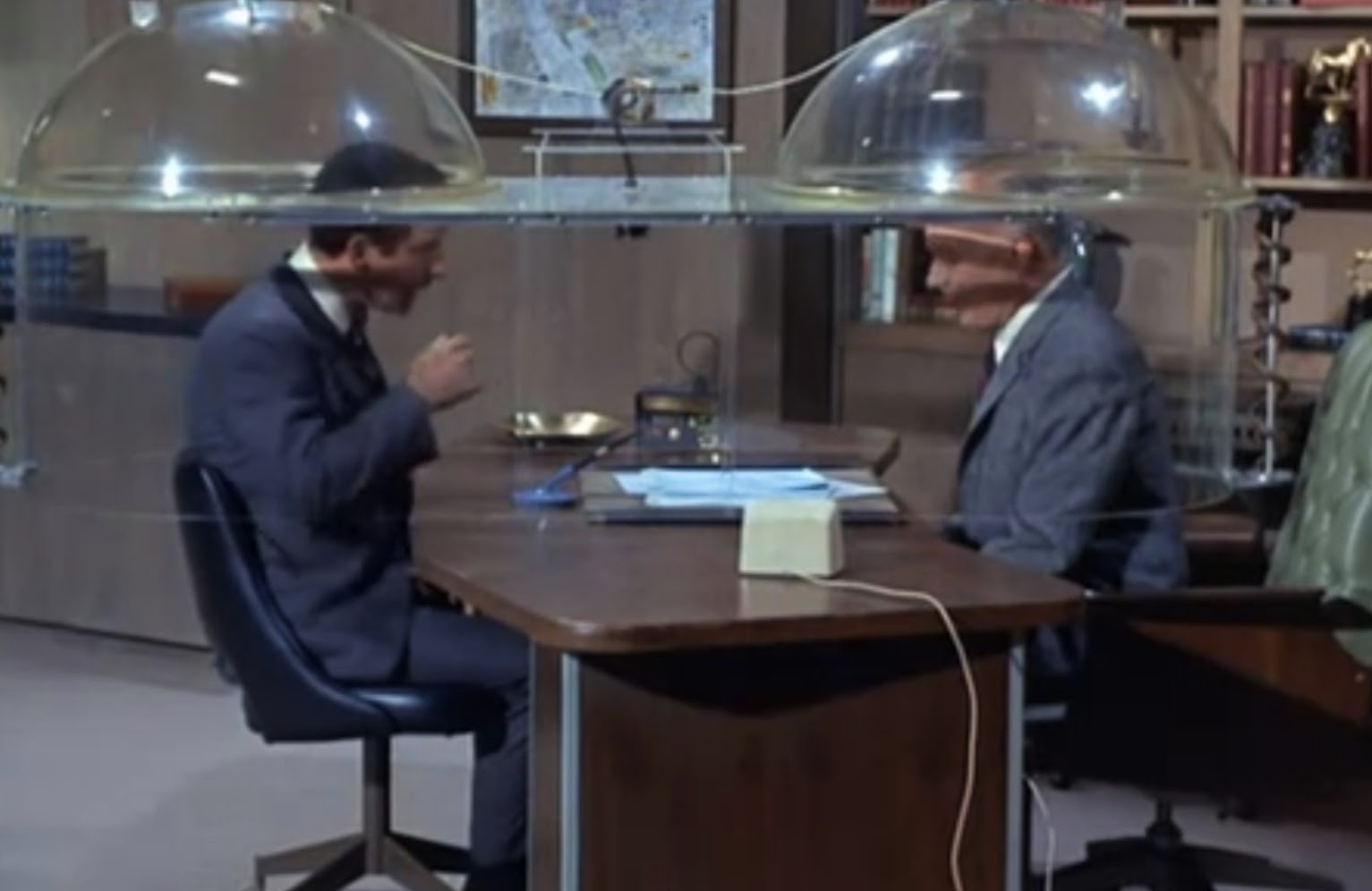
The Cone of Silence
The rules were explained to Mendez in the US embassy ‘bubble’ - a plastic, walled enclosure raised from the floor and nicknamed the ‘Cone of Silence’ in honor of the TV show Get Smart. Mendez was ordered to follow Moscow Rules to the letter. It was the height of the Cold War, and he’d entered the belly of the beast.
He broke down the rules roughly as follows:
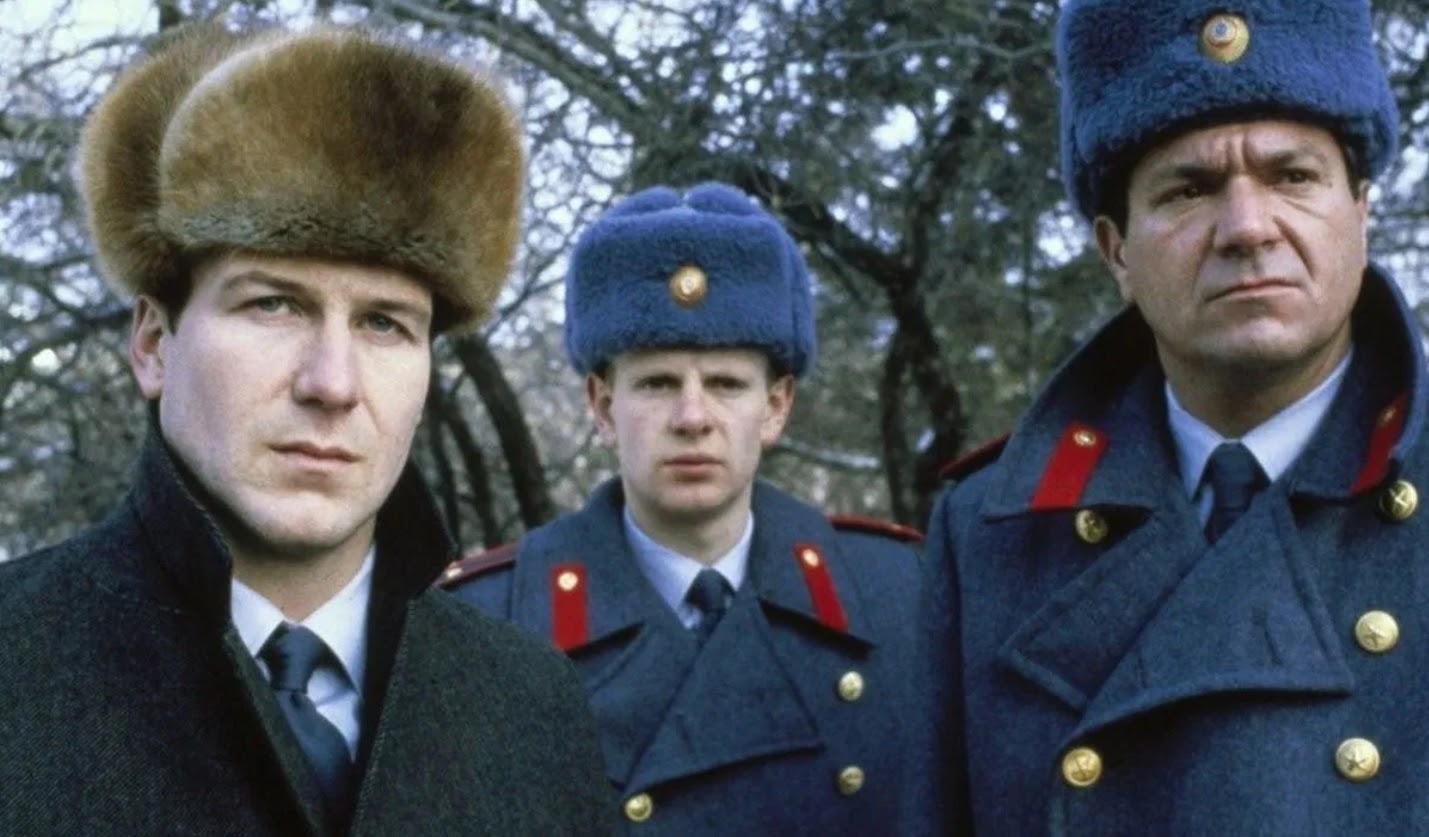
1. Everyone is a potential spy
“Assume every Soviet you encounter is connected to a larger surveillance apparatus,” Mendez was told. “This means the woman shovelling snow in the winter and the guy selling ice cream in Gorky Park. The ticket-taker at the zoo reports to the KGB. The bartenders in every hard-currency bar and restaurant are on the payroll of the Seventh Chief Directorate. Half the taxis in this part of the city are driven by their men.”
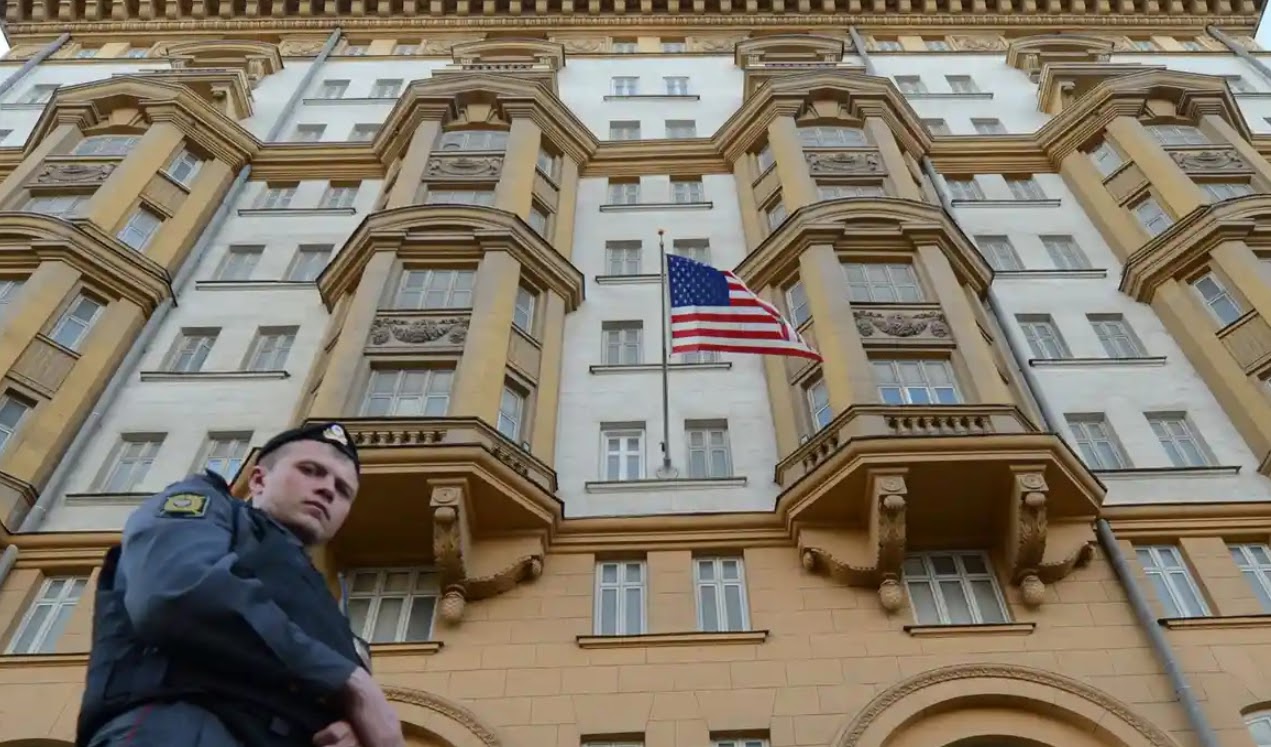
2. Maintain non-threatening behavior patterns
The KGB's Seventh Chief Directorate dedicated a team to follow each suspected US intelligence officer 24 hours a day on foot and using a rotating stable of cars. The KGB studied their behavior patterns, demeanor, and examined daily profiles. Spies had to check their behavior whenever they stepped outside of the embassy or their apartment. Any change might mean increased surveillance. The KGB also scrutinized Canadian and West Germans so there was no safety in hiding among allies.
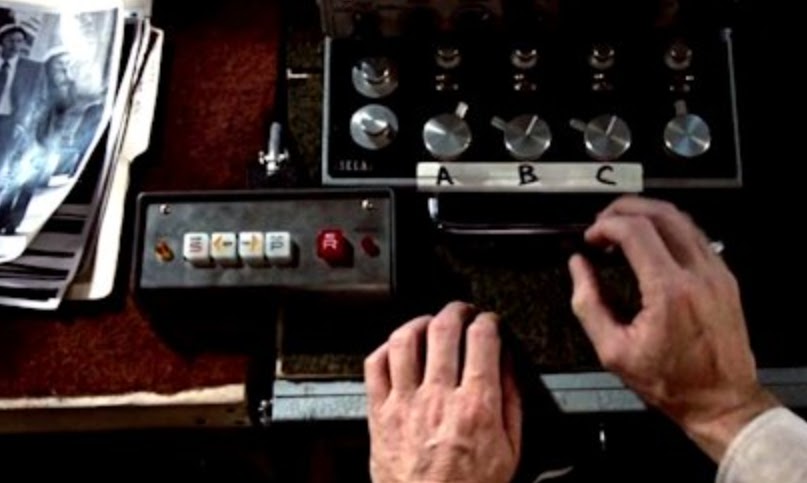
3. Don’t speak freely at home or work
Mendez’s apartment was bugged 24/7 and the transmission live streamed. Phone lines into offices and apartments were also bugged. US Embassy staff, targeted by microwave rays, suspected their homes were bugged with augmented audio to acquire ‘spicy’ tapes for potential blackmail. “Not only do the walls have ears,” Mendez was told. “They also have beady, bloodshot eyes.”
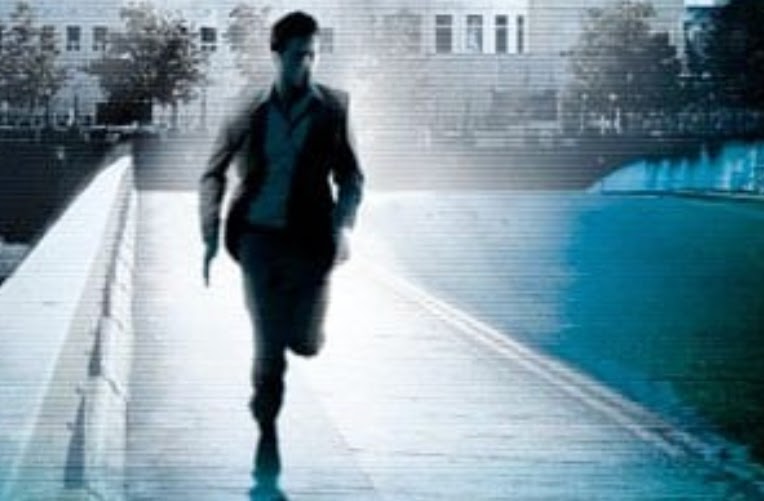
4. No ‘provocative’ moves
Any suspicious actions could blow apart a carefully constructed legend. The KGB would marshal additional teams if a suspected secret agent ran a red light, bolted across traffic, or drove the wrong way down a one-way street. “This type of action was absolutely against Moscow Rules, unless it became necessary for officers, near the end of their tours, to try to break surveillance this way,” Mendez said.
"The brand new social experience where you activate your gaming skills as you train like a spy."
- TimeOut
Take on thrilling, high-energy espionage challenges across different game zones.


5. No deviating from normal behavior
Seemingly innocent changes like stopping to tie a shoelace or pausing to check a reflection in a store window were considered ‘peeking’ and forbidden for all case officers. So was jaywalking.
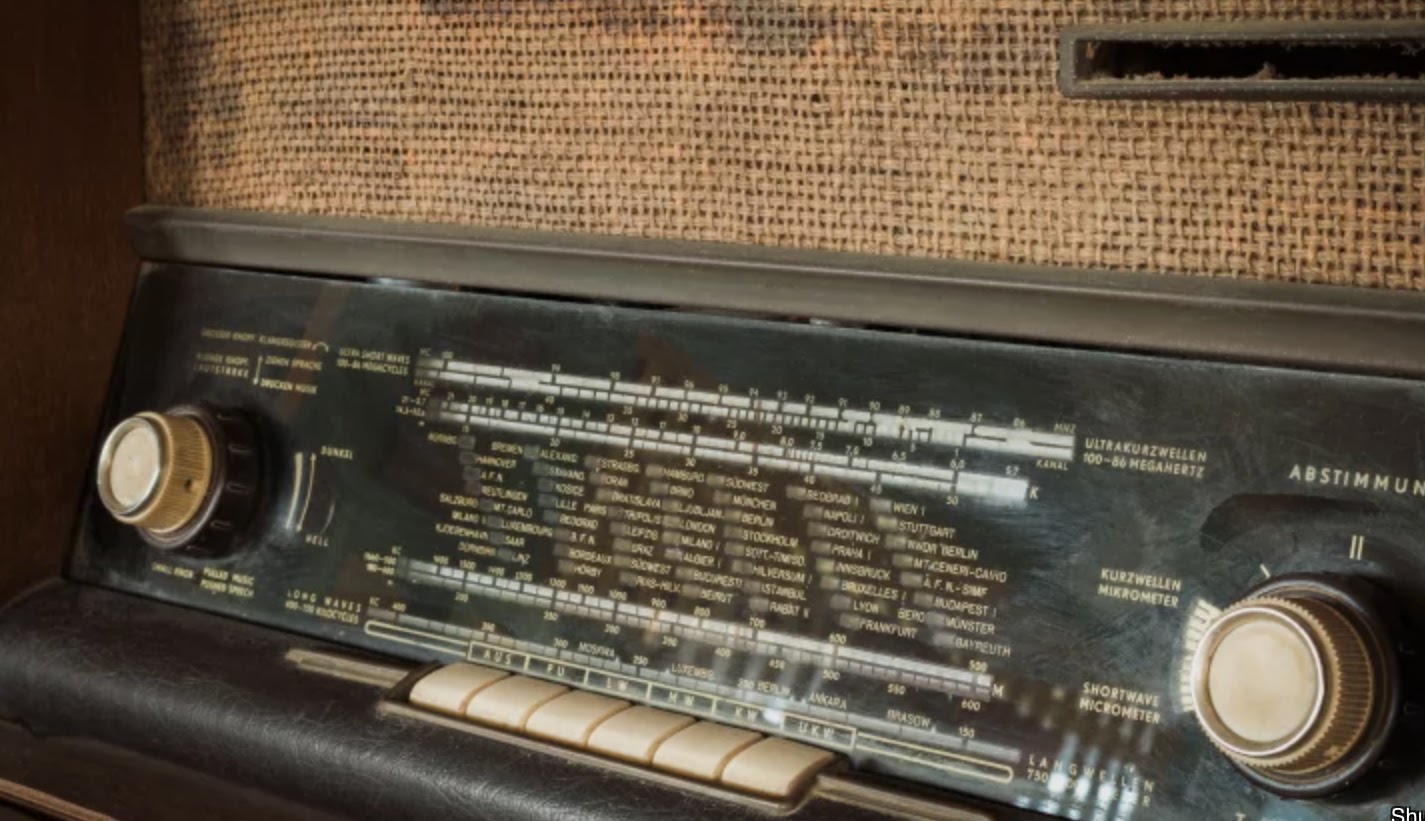
6. Communicate with agents via one-way radio
Many Soviet agents were recruited and equipped abroad, then contacted by encrypted, one-way radio within the USSR, or through bridge agents (third parties). They were given code pads to decipher radio messages which they could record then ‘break’ in a secure place. Face-to-face meetings were so dangerous a CIA officer might not meet even one Russian agent during the officer’s entire two-year tour.

7. Chalk, microdots, and tradecraft
By the 1970s, all of the main intelligence agencies had cameras that could photograph a full page of text and reduce it to a microdot the size of a dot on the letter ‘i’. US spies also used dead drops, or hand and vehicle ‘tosses’ to pass objects without physical contact. To indicate a drop was ‘loaded’, agents used chalk marks on a lamp post or wall. The intel being ‘dropped’ might be placed in plastic dog excretement or fiberglass masonry to lessen the chances it would be randomly picked up by a stranger.
There were many other ‘rules’ aside from what Tony Mendez noted, of course. Jack Devine, a former associate deputy director of the CIA, summarized the Moscow Rules as: “Don’t attack each other physically. Don’t counterfeit each other’s currency. Don’t meddle in each other’s political, internal affairs.”
Once Moscow Station was able to ramp up its use of disguise, US spies could move around a bit more freely, allowing for a rewrite and update of the Cold War canon. Joanna and Tony Mendez expanded the rules to about 40 in their 2019 book The Moscow Rules. Most are common sense but that’s exactly what’s needed to survive.
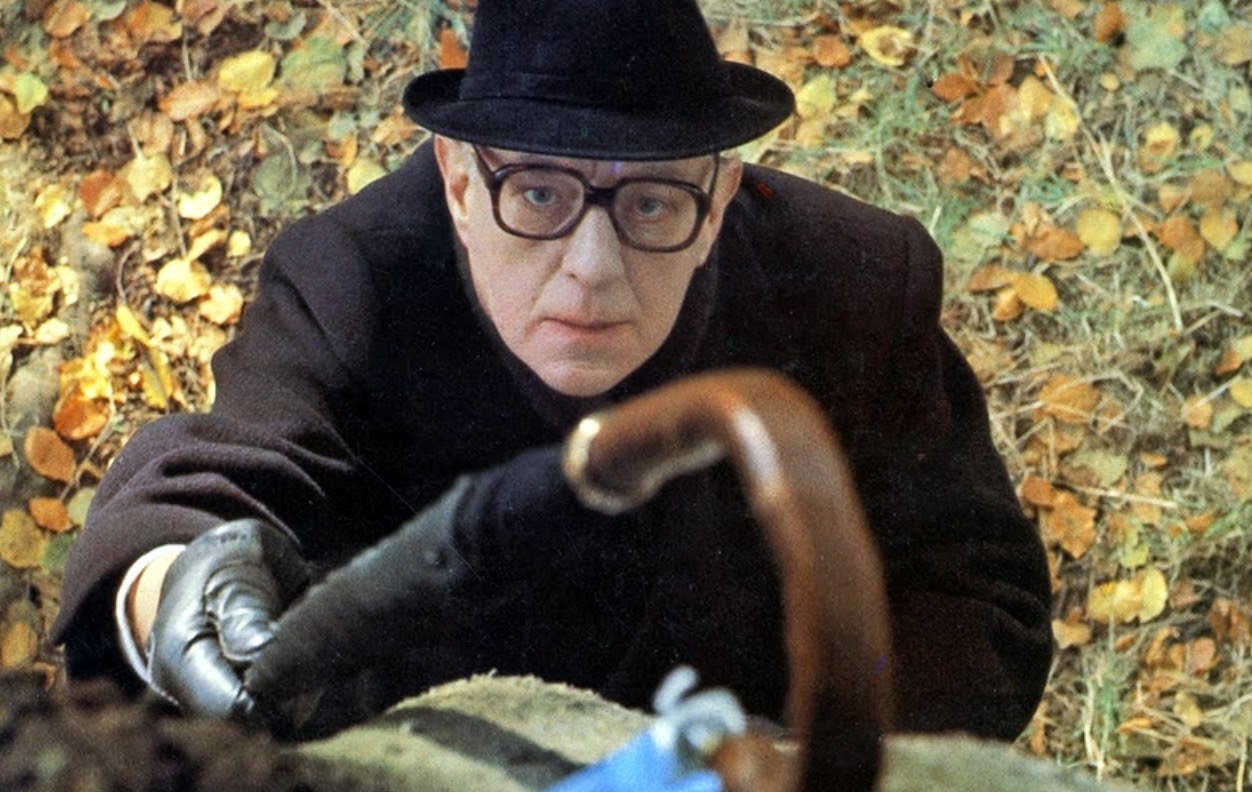
Author and former MI5 and MI6 spy John le Carré added a few of his own Moscow Rules in Smiley's People and Tinker, Tailor, Soldier, Spy, among them: never travel directly to a rendezvous point and carry intel in an inconspicuous object like a cigarette pack that can be easily discarded.
Even after the Cold War, spying has remained a dangerous game. Have you got what it takes to follow SPYSCAPE’s Moscow Rules and operate safely behind enemy lines?
SPYSCAPE+

Join now to get True Spies episodes early and ad-free every week, plus subscriber-only Debriefs and Q&As to bring you closer to your favorite spies and stories from the show. You’ll also get our exclusive series The Razumov Files and The Great James Bond Car Robbery!


Gadgets & Gifts
Explore a world of secrets together. Navigate through interactive exhibits and missions to discover your spy roles.
Your Spy Skills
We all have valuable spy skills - your mission is to discover yours. See if you have what it takes to be a secret agent, with our authentic spy skills evaluation* developed by a former Head of Training at British Intelligence. It's FREE so share & compare with friends now!
* Find more information about the scientific methods behind the evaluation here.


Stay Connected
Follow us for the latest
TIKTOK
INSTAGRAM
X
FACEBOOK
YOUTUBE